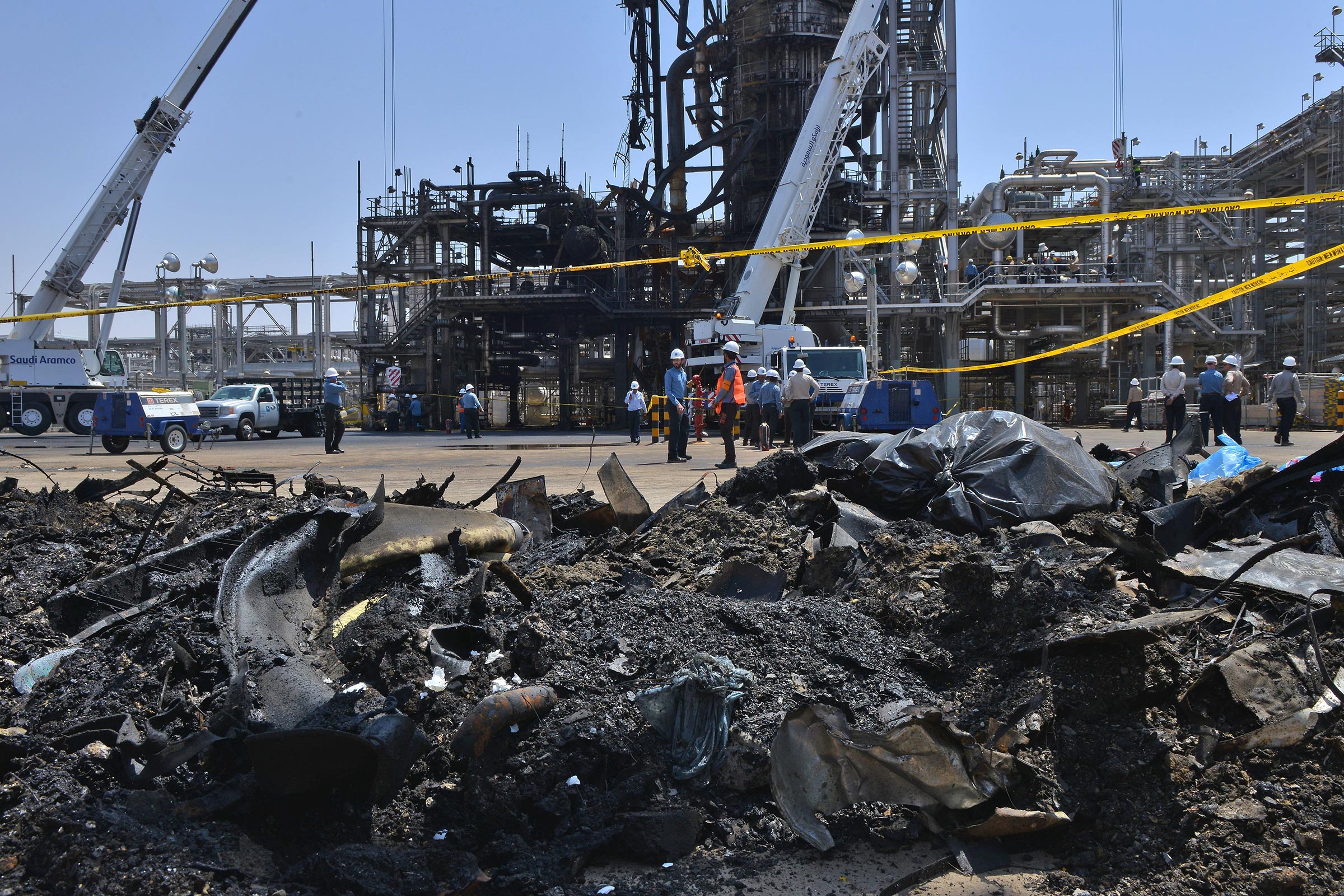
For decades, nations have thought about the strategic triad as the integration of three systems to deliver nuclear weapons: land-based intercontinental ballistic missiles; long-range strategic bombers like the B-52, B-1 and B-2; and nuclear-powered ballistic-missile submarines. Together, these redundant delivery systems deterred an enemy from a first strike, providing a foundation of national military power. Because creating such systems was an incredibly costly process, required advanced technology and needed highly trained workforces, this strategic triad had extremely high barriers to entry.
As this turbulent 21st century unfolds, a new sort of strategic triad is clearly emerging, recently illustrated by the sophisticated strikes on key Saudi oil fields in the Middle East, which knocked out 5% of the daily global oil supply with low-cost drones and likely used Google Earth for GPS coordinates. This new strategic triad is composed of unmanned vehicles (in the air, but also under and on the sea), offensive cyberstrikes and special forces. All of these are relatively inexpensive, present far lower barriers to entry and can be “equalizers” allowing an asymmetric advantage that a nongreat power (or even a nonstate actor) can utilize.
The ability of these systems to create profound strategic damage–either in stand-alone mode or working synergistically–is increasing. Cyber can attack a nation’s electric grid, water-delivery systems, financial markets or medical and transportation networks. Unmanned vehicles, which can remain on station for long periods, can be used with precision to strike weapons at critical nodes. Special forces, like America’s Navy SEALs, can be used to enable both cyber and drone attacks by implanting thumb drives and code in critical systems, providing targeting to precision-guided weapons delivered by drones, or moving attack systems closer to national borders.
Of course, it is not only smaller nations like North Korea and Iran exploiting this new triad–Russia is doing so as well. The use of so-called hybrid warfare against Georgia and Ukraine is a good example. Russia has added sophisticated information warfare to the mix, using not only direct offensive cyberattacks against opponents’ command and control networks, but also a dangerous mix of propaganda and “fake news” designed to undermine democratic processes in a variety of nations. Perhaps most worryingly, obtaining these types of tools is not beyond the reach of sophisticated nonstate actors, from terrorists to drug cartels.
At present, nations are not especially well positioned to defend against such systems. America’s defense establishment will need to deploy a more sophisticated and lethal network of our own with an aggressive offensive cybercapability and probably a new cyberforce; more production of stealthy unmanned vehicles as well as the ability to detect enemy drones more effectively; and special forces who train to counter enemy teams.
The U.S. needs to be mindful that despite our trillions of dollars invested in the traditional nuclear triad, we will need to quickly develop new defensive systems to defeat these capabilities and the creation of our own new triad for deterrence. Strategic deterrence in the traditional sense will continue to matter for some time to come, but we delay at our peril in preparing to deal with this new triad–the burning oil fields of Saudi Arabia are a lesson we cannot ignore.
More Must-Reads from TIME
- Cybersecurity Experts Are Sounding the Alarm on DOGE
- Meet the 2025 Women of the Year
- The Harsh Truth About Disability Inclusion
- Why Do More Young Adults Have Cancer?
- Colman Domingo Leads With Radical Love
- How to Get Better at Doing Things Alone
- Michelle Zauner Stares Down the Darkness
Contact us at letters@time.com